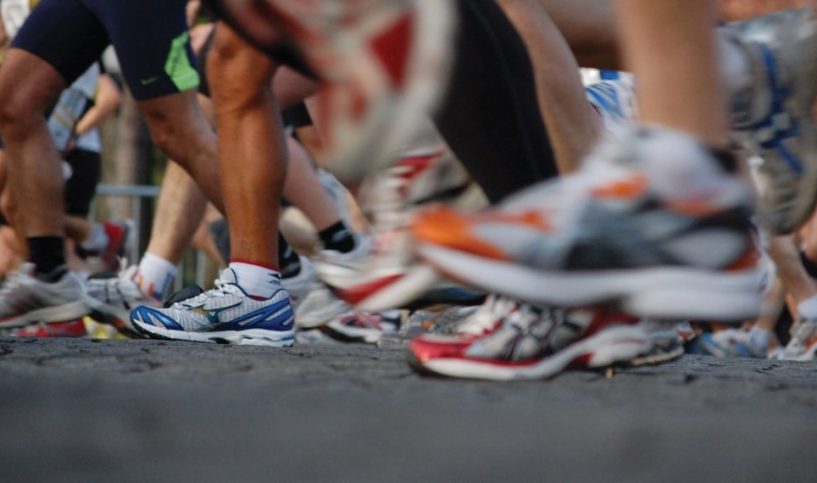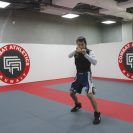The New Year is here and that means it’s time to put those brand new resolutions to the test. For most people, it is safe to say that getting healthier and fitter is a major theme with resolutions. Which is why many will have “start running” or “run more” as a resolution, because running is one of the best ways to start achieving a healthier lifestyle. But why settle for just running, when you can run better?
If you want to become a better runner the answer is easy; run further, faster and more frequently. Sounds pretty simple, right? Yet there are components of running worth considering to make your goal optimal. It is the optimal balance of strength and flexibility working in concert that will maximize effectiveness and efficiency in running performance, while minimizing the potential for injury. Strength training and stretching are two key areas that will allow you to maximize your potential, without the need to pound the pavement in excess.
The topic of strength training and distance running is often heavily debated in the scientific community and also amongst coaches and athletes. There are two main concerns professionals have: the addition of excessive muscle bulk through resistance training and the decrease in the body’s ability to utilize oxygen during exercises (or what is known as the Vo² Max). That being said, an in-depth evaluation of the research within this area has shown that runners do in fact benefit from strength training – mostly in three key areas:
- Increase in running economy and cadence (simply put: the energy you need to run at a certain speed, or how efficiently your body uses oxygen)
- Prevention of running related injuries
- Increase in muscular power and stamina.
This is all well and good but with a demanding running regime, how can you incorporate strength training? Well, there are a few things that you can do:
Train regularly – strength gains are made through consistent training but this doesn’t mean you have to be in the gym five times a week – two consistent sessions a week will get you results If performed over a long period of time with your running schedule.
Work on balancing out your body – muscles predominantly used for running are trained all the time, so be sure to train the opposing muscles for balance.
Don’t forget the core – all forces generated by the legs or arms go through the core. The core provides the foundation to develop the strength needed to run fast.
Progress overload – the human body is an amazing machine, but needs to be constantly challenged to improve varying and changing exercises, increasing load and intensity every two or three weeks will ensure appropriate overload.
Recovery is key – allow 48 hours during training session to rest, don’t overdo it.
In and out in 60 minutes – time in the gym doesn’t matter, it’s what you do that counts. Aim to get your sessions completed in 45-60 minutes working focused and efficiently.
Appropriate programming – seek out a qualified strength and conditioning specialist or expert personal trainer that specializes in working with runners who can put together an appropriate program for you that you can co-ordinate with your running schedule.
Stretching – it has long been considered the cornerstone to maintaining a healthy body for runners. Runners have incorporated stretching into their routine in an attempt to improve muscle flexibility, reduce the risk of injury, and improve performance. It is recommended that you try and stretch as much as 5-7 times a week. It is also key to remember that the quality of the stretch is more important than the quantity, which basically means that proper technique is essential.
For more information, contact Fawzia Sultan Rehabilitation Institute (FSRI), by calling 2572 0338 or by emailing info@fsrikuwait.org. FSRI is located in Salmiya on Baghdad Street in the Amaia Residence Building. The author Aaron Cooper is a Physiotherapist at FSRI specializing in orthopedics and sports injuries. Before earning his degree in Physiotherapy, he was a Personal Trainer and Sports Massage Therapist for a number of years.











